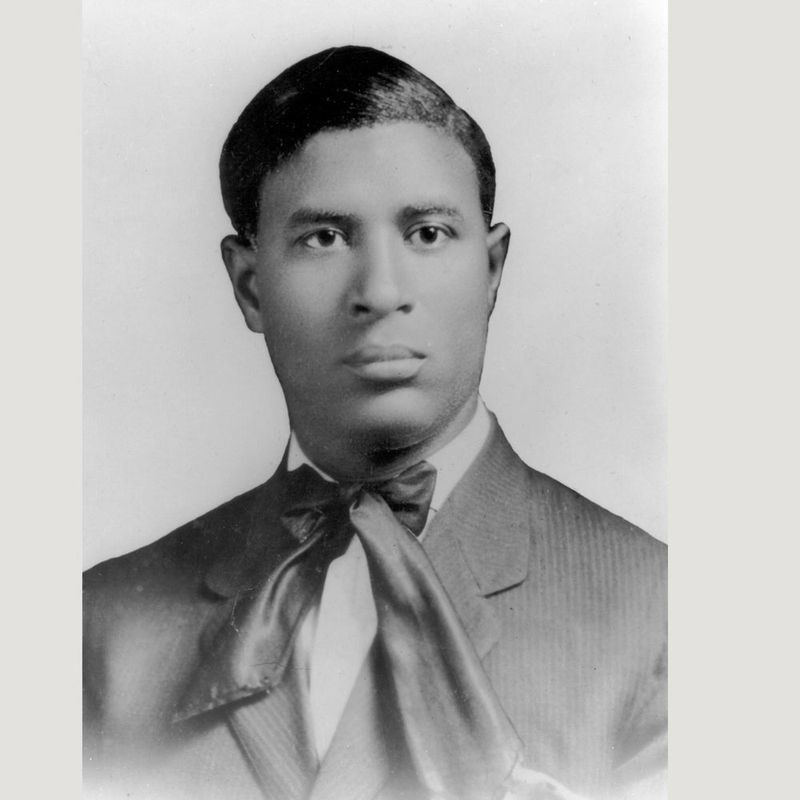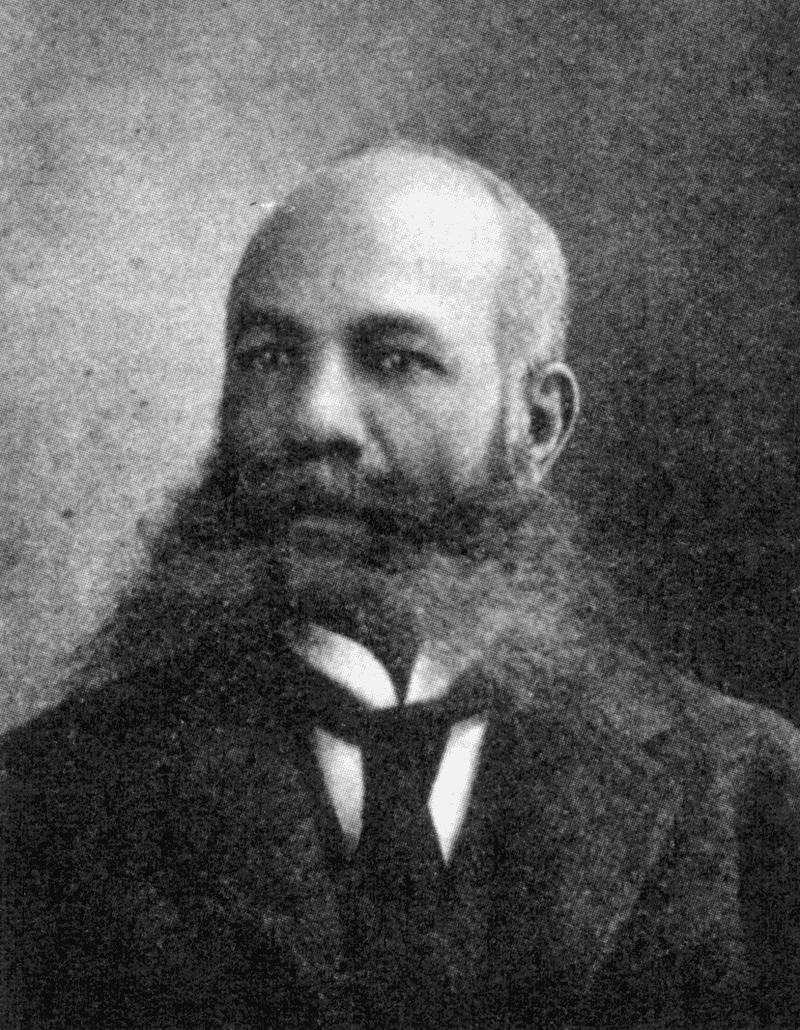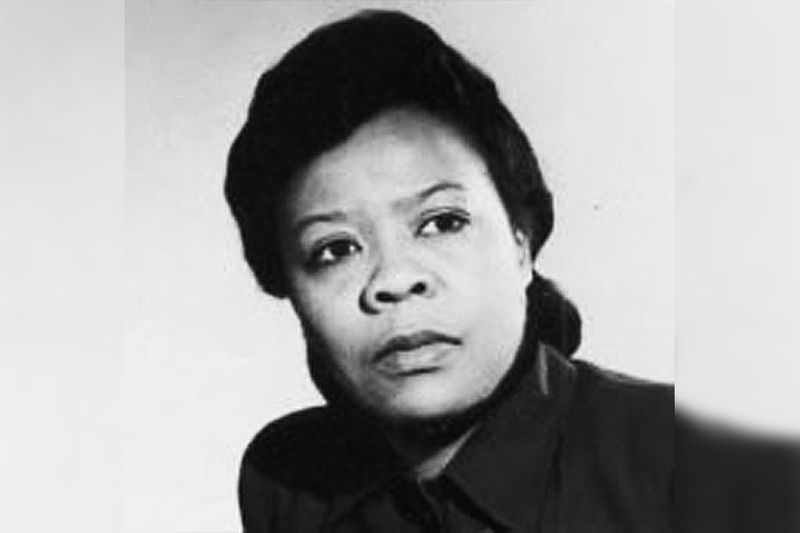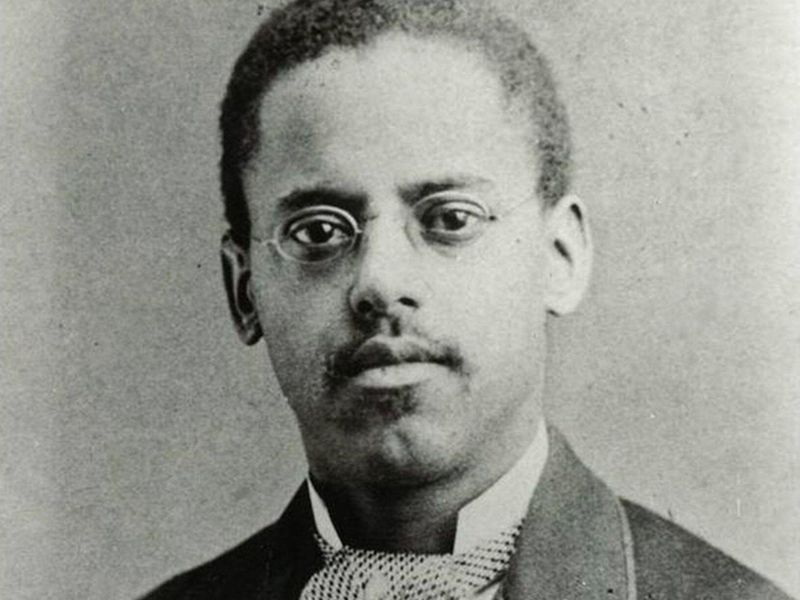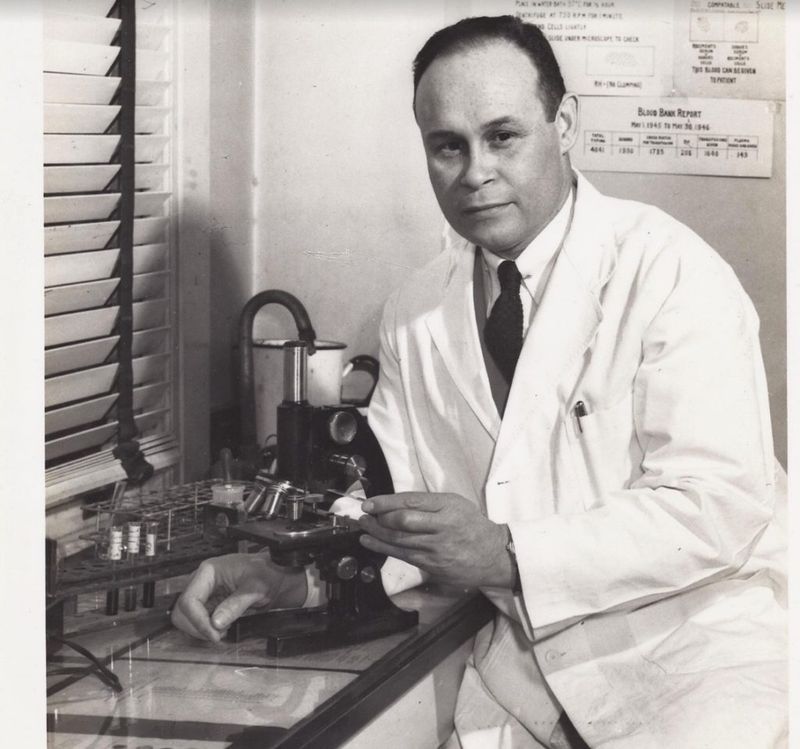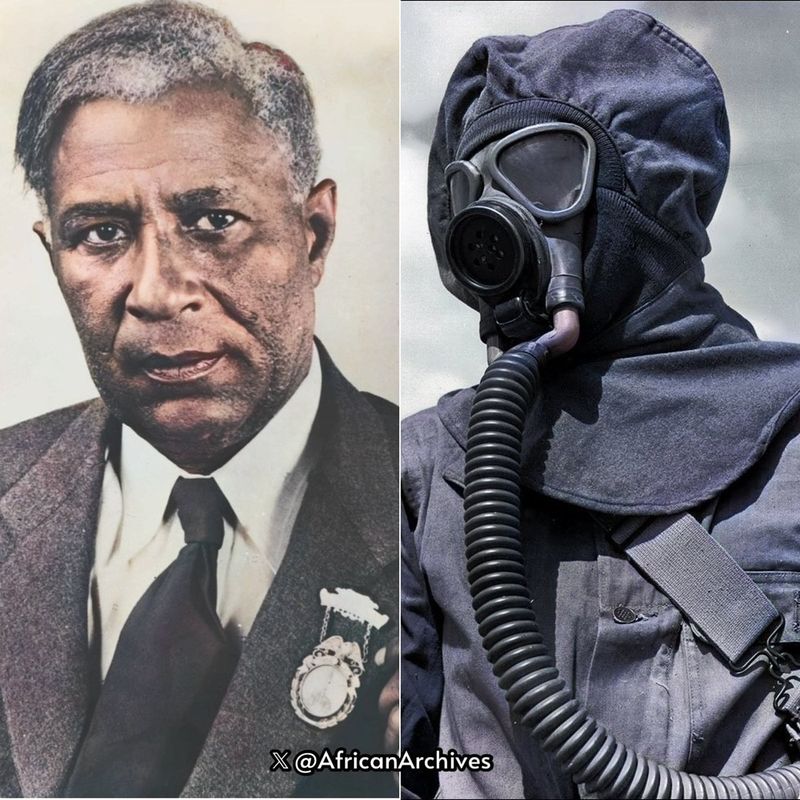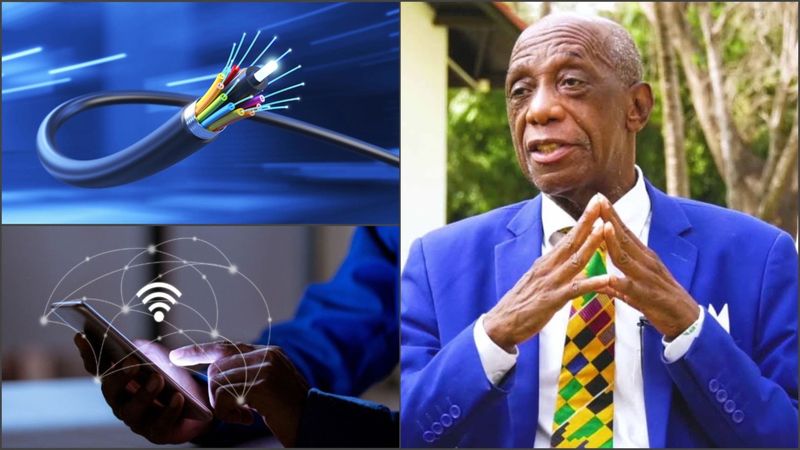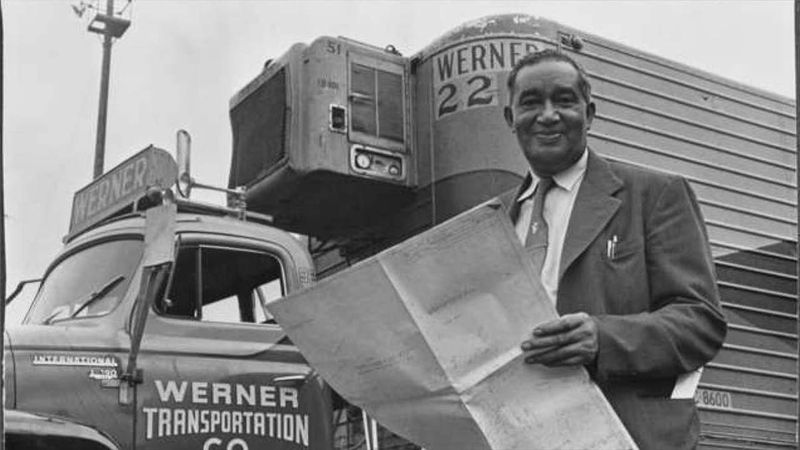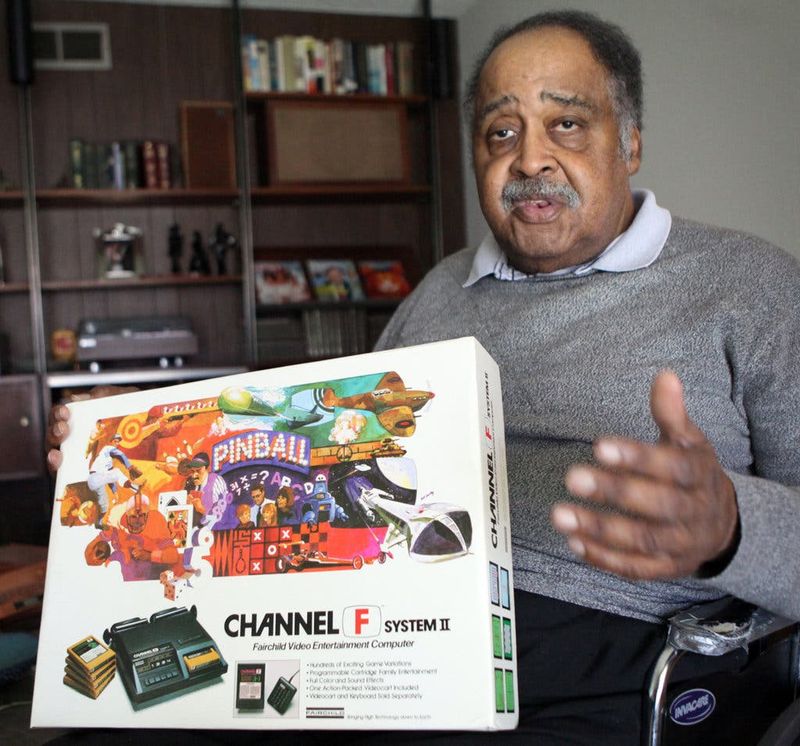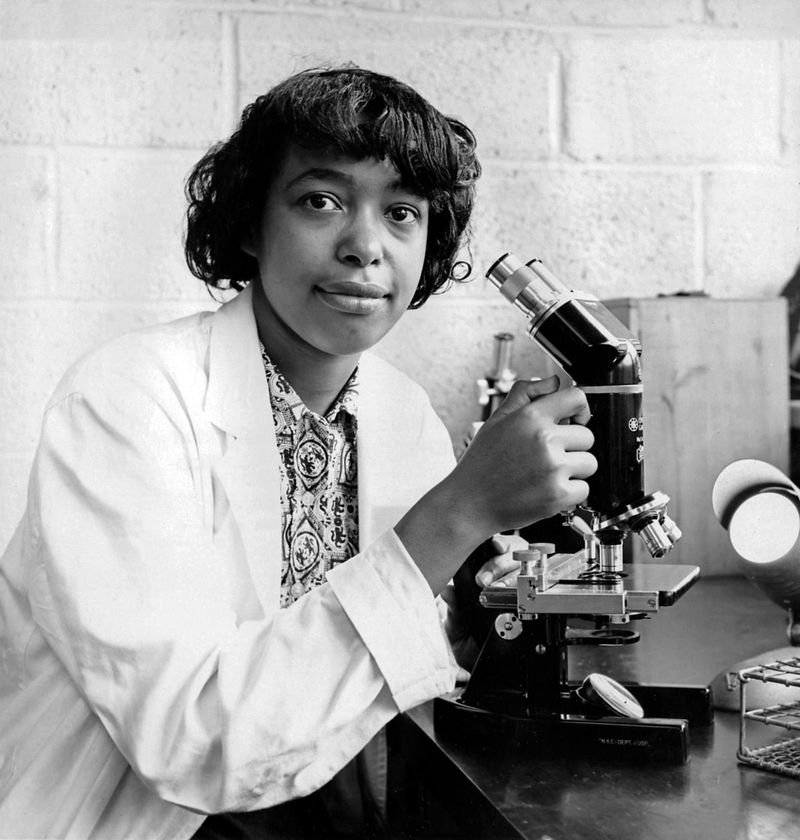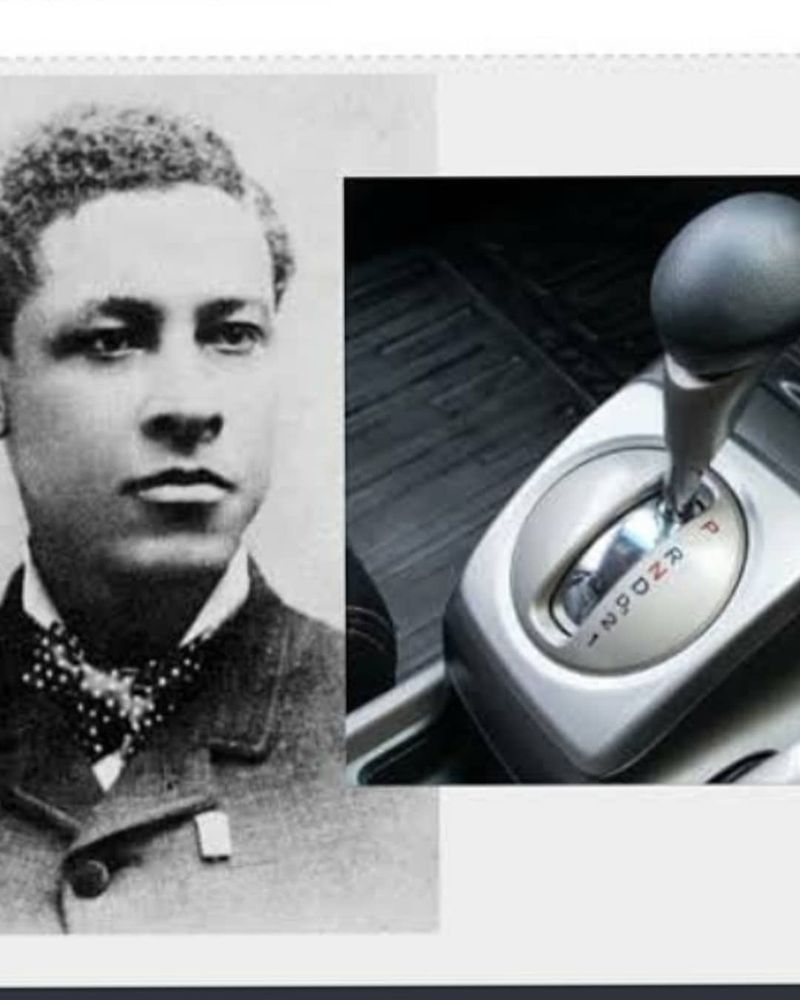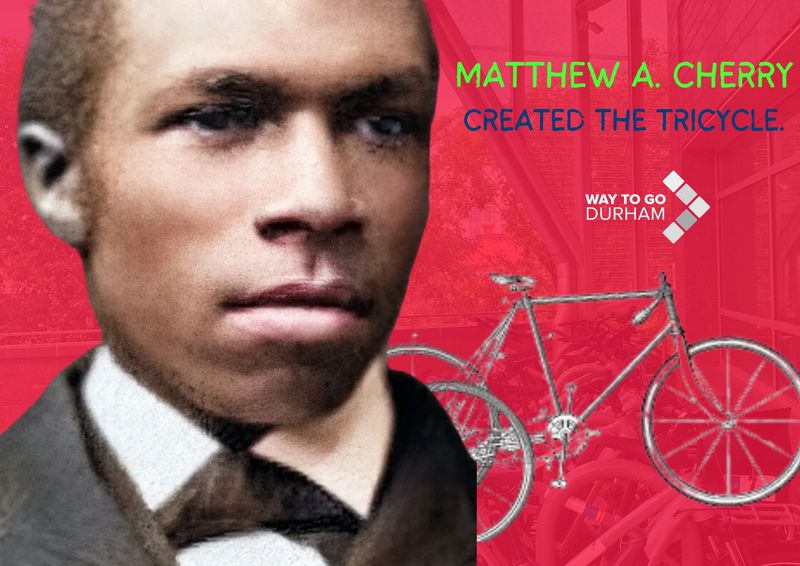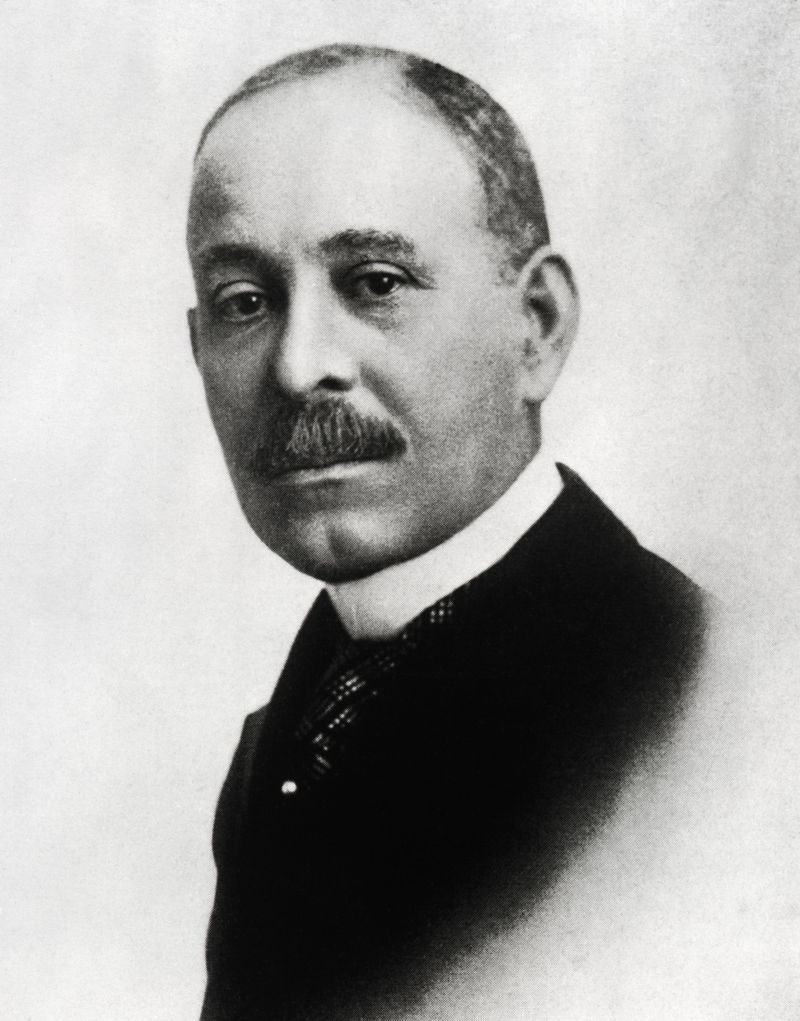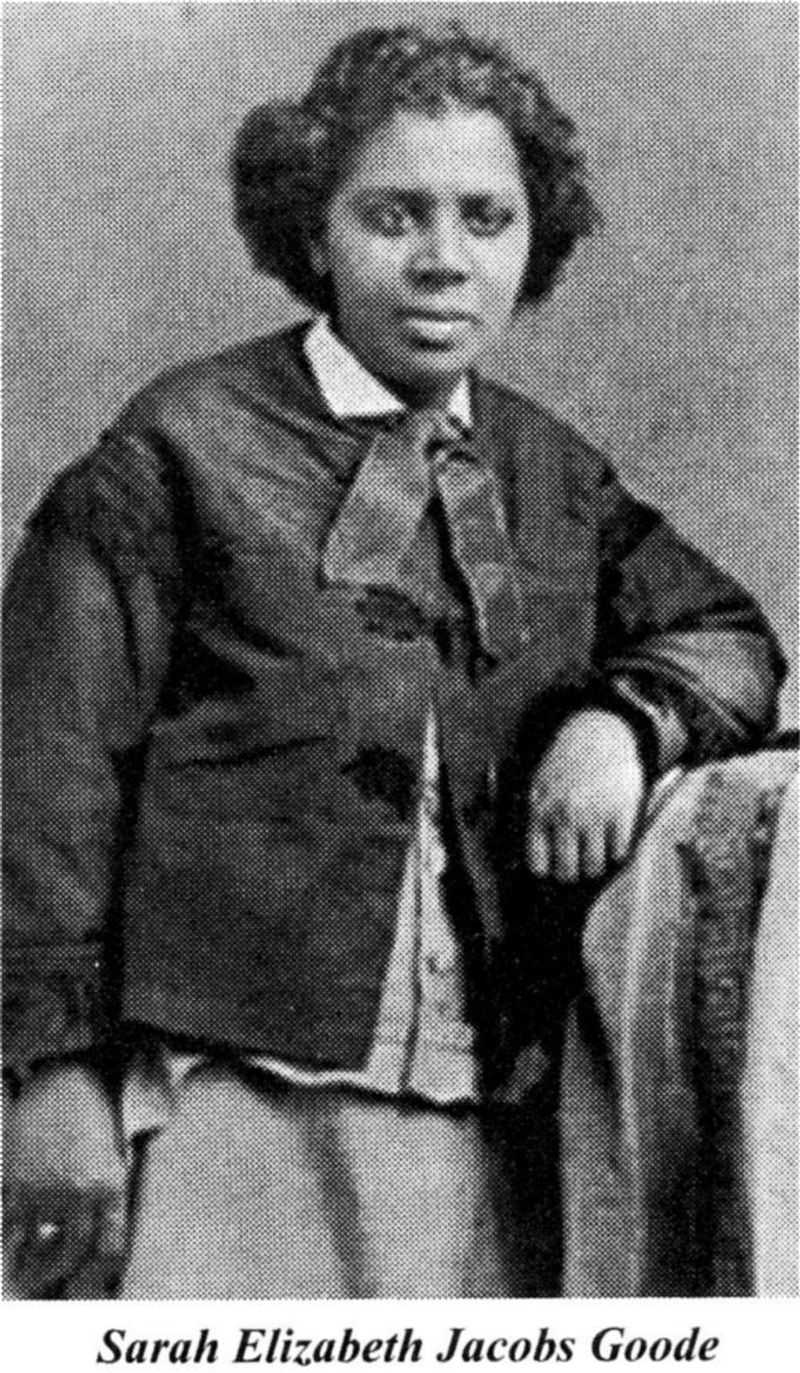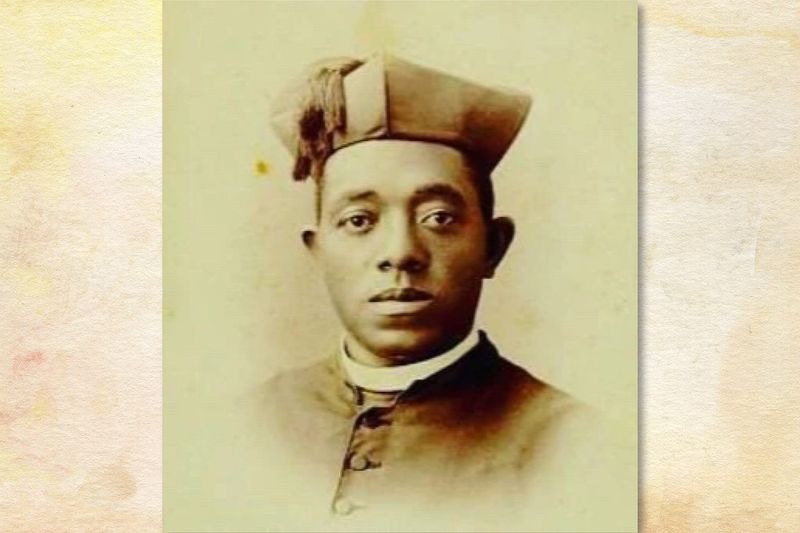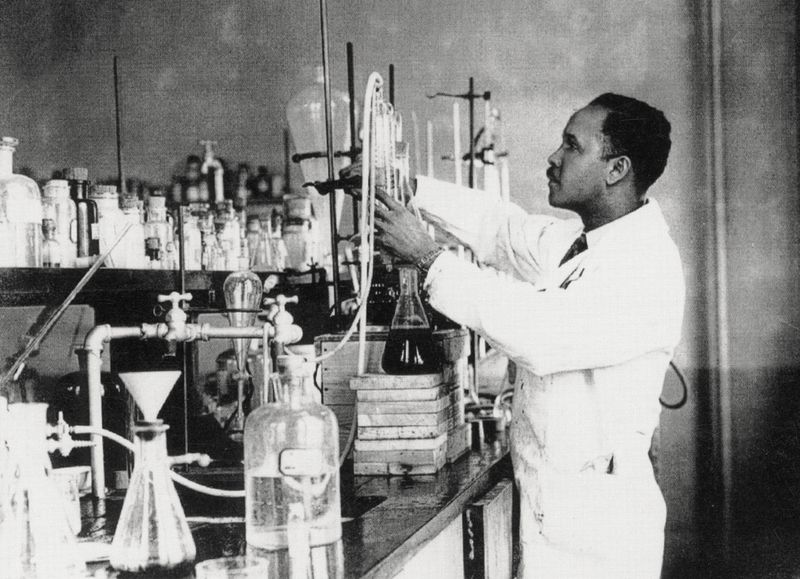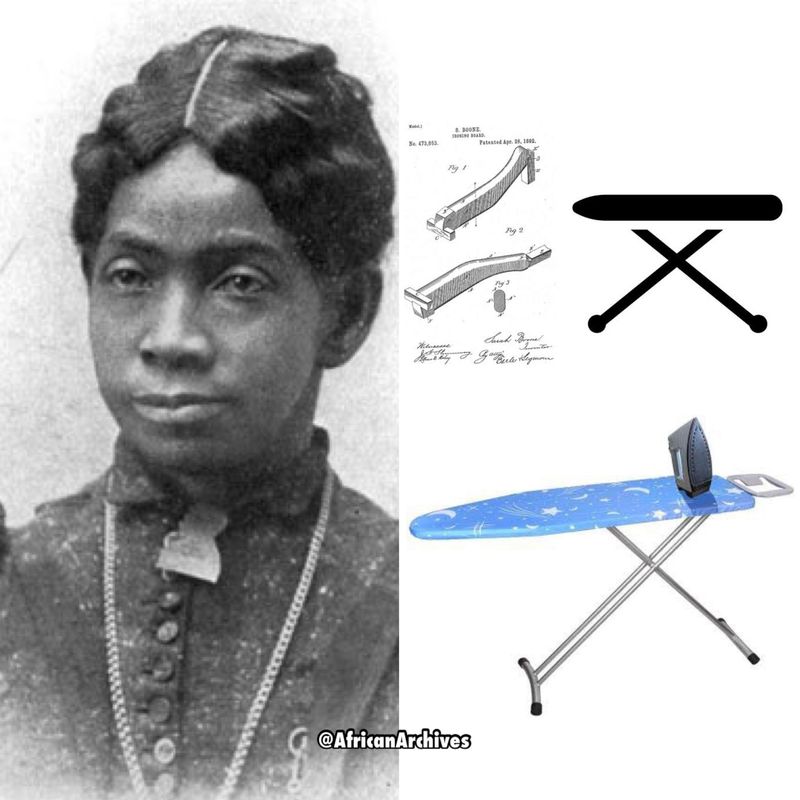Throughout history, people of color have made significant contributions to the advancement of technology, science, and everyday life.
Their inventions have not only solved pressing problems but have also paved the way for future innovations.
This blog post celebrates 20 groundbreaking inventions by people of color, showcasing their creativity, ingenuity, and impact on the world.
1. Three-Signal Traffic Light
Garrett Morgan, an African-American inventor, revolutionized road safety with his invention of the three-signal traffic light in 1923. Before Morgan’s invention, traffic signals only had two positions: stop and go.
He introduced a third position to allow for a safer transition between stop and go signals, reducing accidents dramatically.
Morgan’s traffic light was not only crucial for road safety but also for the development of the modern traffic management systems we use today. His invention is a testament to his forward-thinking approach and has saved countless lives over the decades.
2. Automatic Elevator Doors
In 1887, Alexander Miles, an African-American inventor, patented the automatic elevator doors. Prior to Miles’ innovation, elevator doors had to be manually opened and closed, which often led to accidents and mishaps.
His design automatically opened and closed the doors, enhancing safety and convenience for elevator passengers.
This invention laid the groundwork for the development of today’s automatic elevators, improving the efficiency and safety of buildings around the world.
3. Super Soaker
Lonnie Johnson, an African-American engineer and inventor, created the iconic Super Soaker water gun in the early 1990s. The invention was born out of Johnson’s curiosity and love for science, leading to one of the best-selling toys of all time.
The Super Soaker’s innovative design and powerful water stream set it apart from other water guns, making it a favorite among children and adults alike.
Johnson’s invention not only brought joy to millions but also demonstrated the potential of creative engineering and design.
4. Home Security System
Marie Van Brittan Brown, an African-American nurse, invented the first home security system in 1966, addressing concerns about safety in her neighborhood.
Her system included a camera, monitors, and a two-way microphone, allowing residents to see and communicate with visitors without opening the door.
This invention laid the foundation for modern home security systems, incorporating video surveillance and remote communication. Brown’s innovation was a pioneering step in home safety, enabling people to feel secure in their homes.
5. Carbon Filament in Light Bulb
Lewis Latimer, an African-American inventor and draftsman, played a critical role in the development of the electric light bulb by inventing the carbon filament. In the late 19th century, most light bulbs used paper filaments that were expensive and short-lived.
Latimer’s carbon filament was more durable and cost-effective, making electric lighting accessible to more people. His contribution was a key factor in the widespread adoption of electric light, illuminating homes and cities around the world.
6. Blood Bank
Dr. Charles Drew, an African-American physician and surgeon, pioneered the concept of the blood bank during the 20th century. His research in blood storage and transfusion during World War II led to the creation of large-scale blood banks.
Drew’s work ensured that blood could be safely stored and transported, saving countless lives on the battlefield and beyond. His legacy continues in the form of modern blood donation and storage systems, vital for medical emergencies worldwide.
7. Color IBM PC Monitor
Mark Dean, an African-American engineer and inventor, co-developed the color IBM PC monitor and the first gigahertz chip in the 1980s. His work at IBM was instrumental in making personal computers more accessible and powerful.
The introduction of color monitors transformed computing, allowing for more dynamic and visually appealing user interfaces.
Dean’s contributions have had a lasting impact on the evolution of computer technology, shaping the way we interact with digital information today.
8. Gas Mask
Garrett Morgan, a prolific African-American inventor, patented the gas mask in 1914. Originally intended for firefighters, the mask used a hood to filter out smoke and harmful gases, providing protection in hazardous environments.
During World War I, Morgan’s gas mask was adapted for military use, significantly improving soldier safety.
His invention has evolved into the modern protective masks used by military and emergency personnel worldwide, showcasing Morgan’s ingenuity and foresight.
9. Fiber Optic Cable
Dr. Thomas Mensah, a Ghanaian-American engineer and inventor, made significant contributions to the development of fiber optic technology. In the 1980s, his work in increasing the speed and efficiency of fiber optic production revolutionized telecommunications.
Fiber optic cables are now the backbone of high-speed internet connections across the globe. Mensah’s innovations have enabled faster, more reliable communication, transforming how we connect and interact in the digital age.
10. Modern Refrigerated Truck
Frederick McKinley Jones, an African-American inventor, revolutionized the transportation industry with his invention of the automatic refrigeration system for trucks.
Patented in 1940, this technology allowed perishable goods to be transported over long distances without spoiling.
Jones’ invention was a game-changer for the food industry, enabling the distribution of fresh produce and frozen goods nationwide. His contributions have had a lasting impact on how we store and transport food today.
11. Portable Pencil Sharpener
John Lee Love, an African-American inventor, patented the portable pencil sharpener in 1897. His design was simple yet effective, allowing users to easily sharpen pencils without the need for bulky equipment.
The portable pencil sharpener became a staple in classrooms and offices, making it convenient for students and professionals to keep their writing tools sharp and ready for use. Love’s invention continues to be a practical tool for people of all ages.
12. First Video Game Cartridge
Gerald Lawson, an African-American engineer, was instrumental in the creation of the first video game cartridge. In the 1970s, Lawson led the development of the Fairchild Channel F console, which pioneered the use of interchangeable game cartridges.
This innovation revolutionized the gaming industry, allowing players to easily switch between different games on the same console. Lawson’s work paved the way for the modern gaming systems we enjoy today, highlighting his impact on technology and entertainment.
13. Laser Cataract Surgery
Dr. Patricia Bath, an African-American ophthalmologist and inventor, developed the Laserphaco Probe in 1986, revolutionizing cataract surgery. The device used laser technology to remove cataracts more safely and effectively.
Her invention not only improved the outcomes of cataract surgeries but also restored vision to countless individuals worldwide. Dr. Bath’s pioneering work in ophthalmology highlights the importance of innovation in medical science.
14. Automatic Gear Shift
Richard Spikes, an African-American inventor, patented the automatic gear shift in 1932. His invention simplified driving by allowing drivers to change gears automatically without manual intervention.
The automatic gear shift transformed the automotive industry, making vehicles easier and more convenient to drive. Spikes’ innovation laid the groundwork for the automatic transmission systems used in most cars today.
15. Tricycle
Matthew A. Cherry, an African-American inventor, patented the tricycle in 1888. His design included a frame and seating arrangement that provided stability and ease of use for riders, especially children.
The tricycle became a popular mode of transportation and recreational activity for children, promoting physical activity and balance. Cherry’s invention remains a beloved classic among children’s toys.
16. First Successful Open-Heart Surgery
Dr. Daniel Hale Williams, an African-American surgeon, performed the first successful open-heart surgery in 1893. His groundbreaking procedure was done without modern surgical tools or techniques, showcasing his skill and determination.
Dr. Williams’ successful operation paved the way for future advancements in cardiac surgery, saving countless lives. His legacy persists in the field of medicine, emphasizing the importance of skillful and innovative surgical practice.
17. The Foldable Cabinet Bed
In 1885, Sarah E. Goode became one of the first African American women to receive a U.S. patent for her foldable cabinet bed, providing a clever space-saving solution for crowded urban homes.
When folded into a cabinet, the bed could double as a desk or table, offering multifunctionality in cramped apartments. This innovative design foreshadowed modern furniture concepts and continues to inspire contemporary space-saving solutions.
18. Ice Cream Maker
Augustus Jackson, an African-American confectioner, is often credited with pioneering modern ice cream making techniques in the 1830s. His innovative methods improved the texture and flavor of ice cream, making it a popular treat.
Jackson’s contributions laid the foundation for the ice cream industry, and his legacy continues in the delicious variety of ice creams we enjoy today.
19. Synthetic Cortisone
Dr. Percy Julian, an African-American chemist, developed a synthetic version of cortisone in the 1940s. His work made this vital medication more accessible and affordable for patients suffering from arthritis and other inflammatory conditions.
Julian’s innovations in chemical synthesis have had a lasting impact on the pharmaceutical industry, improving the lives of countless individuals with chronic illnesses.
20. Ironing Board
Sarah Boone, an African-American inventor, patented an improved ironing board in 1892. Her design featured a narrower, curved board, making it easier to iron garments, particularly women’s clothing.
Boone’s invention improved the efficiency of ironing, becoming a staple in households worldwide. Her contribution to household tools highlights the importance of innovation in everyday tasks.

